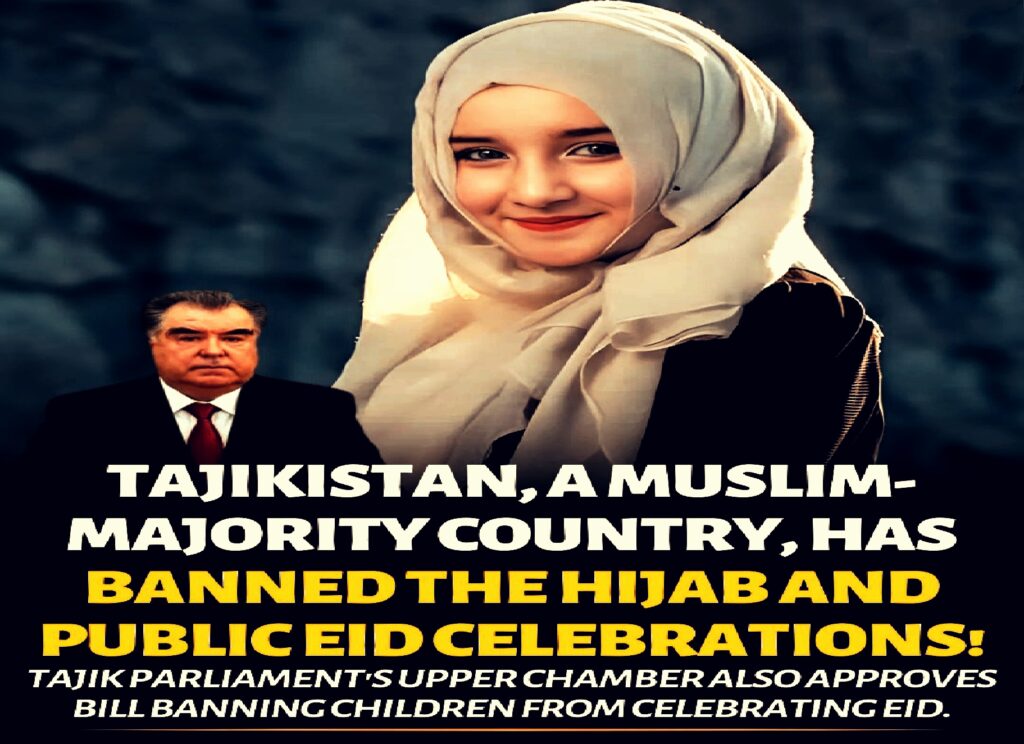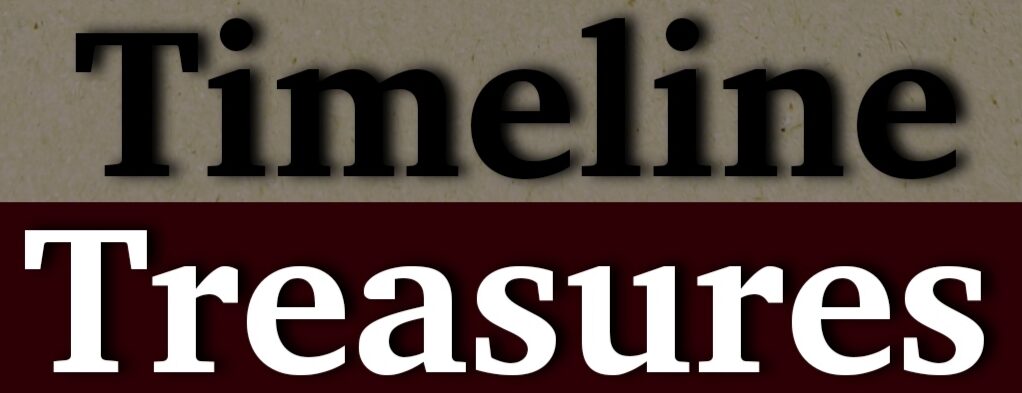Manashimaya
Tajikistan, a country with a majority of Muslims, has banned the headscarf as a deepening campaign against public religiosity.

The Majlisi Milli, the Tajik parliament’s upper house, passed a new rule that forbids “alien clothing” in conjunction with children’s celebrations of Eid al-Fitr and Eid al-Adha. With the passage of this legislation, the government is taking a major step toward stifling religious expression in public and advancing the secular national culture of Tajikistan.
Tajikistan, historically part of the greater Iranian cultural sphere, experienced forced secularisation as a Soviet republic in the 20th century. The Persian script used for the Tajik language was replaced by the Cyrillic alphabet, highlighting the extent of Soviet influence. Despite being constitutionally secular, Tajikistan remains a Muslim-majority nation, predominantly Sunni. Since 1994, President Emomali Rahmon has ruled the country with an iron fist, securing indefinite rule through constitutional changes in 2016.
Tajikistan’s Hijab Ban: A Deepening Campaign Against Public Religiosity,aiming to curb foreign influences and reinforce Tajik cultural identity. The new law bans not only the hijab but also other forms of foreign clothing. Existing laws already restrict Islamic prayer to specific locations, regulate mosque registrations, and prohibit public religious activities for those under 18. This new legislation expands these measures, targeting what the government deems non-Tajik attire.
The law has drawn a lot of negative attention and criticism. Opposition has been expressed by the Council on American-Islamic Relations (CAIR), the Union of Islamic Scholars and clergy in Afghanistan. Tajikistan has been listed by the US as a nation of concern because to persistent abuses of religious freedom. As part of a protracted battle against public religiosity, the majority-Muslim nation of Tajikistan outlaws the headscarf, escalating hostilities between the government and religious groups.
Enforcement of the new law will involve substantial penalties. Individuals found violating the dress code will face fines of approximately $740, while legal entities could be fined up to $5,400. Government officials and religious authorities face even steeper penalties, with fines ranging from $3,700 to $5,060. This stringent enforcement underscores the government’s determination to eradicate foreign cultural influences and solidify a secular national identity.
The decision to ban the hijab follows years of unofficial prohibitions on Islamic clothing, beards for men, and Western mini-skirts. In 2018, the government issued a manual titled “The Guidebook Of Recommended Outfits In Tajikistan,” outlining appropriate dress codes. This was accompanied by roadblocks stopping cars carrying men with beards and women in hijabs, forcing compliance with the new norms. President Rahmon has consistently criticised foreign clothing, particularly black hijabs, as contrary to Tajik traditions.
Tajikistan’s Hijab Ban: A Deepening Campaign Against Public Religiosity, reflecting a broader struggle between secular and religious forces. The country’s mixed history as a former Soviet state with a majority Muslim population creates a complex social landscape. The government’s actions highlight a deep-seated tension between atheistic Soviet legacies and Islamic traditions.
Tajikistan’s constitution asserts the separation of religious associations from the state. This principle has been enforced through various laws, including a 2011 prohibition on individuals under 18 attending Friday prayers and a 2015 ban on Tajiks under 35 from performing Hajj. These measures, alongside the recent hijab ban, illustrate the government’s commitment to secularism and control over religious practices.
Tajikistan’s Hijab Ban: A Deepening Campaign Against Public Religiosity, the impact on religious freedoms and cultural expression remains a contentious issue. The legislation has not only legal but also profound social implications, shaping the identity and daily lives of the Tajik people. The global community watches closely as Tajikistan navigates this delicate balance between secularism and religious identity.
